One by one they were tossed into the air, then speared with a sharp stick. Then they were tossed into the large pit along with many others. I am not talking about some animal slaughter, but these are human babies killed in this brutal, inhumane manner as their parents are forced to watch. Then, the parents are killed.
Today I am at "The Well of Shadows"
. Samnang brought me here on his moto. In 1976 the communist party in power in Cambodia seized this Buddhist temple just outside Battambang and turned it into a prison. The surrounding area became a killing field where over 10,000 people were murdered. The warden introduced cannibalism, putting prisoners to death and then eating parts of their body.
This is a monument to the Khmer Rouge genocide that took place in Cambodia between 1975 and1979. There are skulls and bones encased in a glass edifice.
There are other monuments around Cambodia with human skulls on display as a result of the Khmer Rouge era when up to 2 million or more Cambodians were mercilessly executed. What makes this one different is that it sits on two large tiers. On the front of these tiers there are bas-reliefs (slightly raised images engraved in the concrete) depicting the fall of the area to the Khmer Rouge. It is a graphic description of the atrocities that took place against the Cambodian people
.
I stop to read what is written on one side of the monument::
"In May 1976, the Khmer Rouge seized the Buddhist temple Wat Somrong Knong, turning it into a prison, and the surrounding area turned into a killing field where 10,008 people were put to death. The prison warden was Son, alias Sot, the executioners were Korlot and Plet. In 1977, Yom became the warden, under whose administration cannibalism was introduced. Poisonous snakes were used to terrify and kill their prisoners, while others had their skulls or chests split open with hoes. This monument portrays still other torturers used by the Khmer Rouge to subjugate district 44 and region 4.The full extent of Cambodia's tragedy will never be known. The remains of some of the victims of this genocide may never be recovered, nor their murderers identified. But, the gentle and forgiving Khmer, an energetic and optimistic people, will now walk confidently through the well of shadows to reclaim their ancient culture, and restore this beautiful land to become again, the legendary paradise of celestial Apsara's
."
The old Wat was used as a prison. Those who were kept here in horrendous conditions either died of disease, starvation or were brutally executed. The Wat is locked up as a sort of monument in memory of those that were confined here. A new Wat is being built here now.
I walked around the tiers, looking and reading the bas-reliefs. Samnang was nearby. Kids his age missed the Khmer Rouge era by a few years, but many of them hear their parents tell how one or more of their parents or other relatives were taken away and killed during that time. It's an eerie feeling to walk around, looking at human skulls and bones. It's even made more somber being here with a Cambodian whose family suffered through that period.
I want to say something to him about how sorry I am for him and his country for the horrors they went through, but we just walk in silence. All this was happening during my lifetime while I lived in a different world thousands of miles away
. I saw the killing caves here in Battambang when I first arrived and wrote about it in an earlier post. Samnang says I will see even more once I get to the capitol, Phnom Penh. There are these genocide memorials all over Cambodia.
I walk around and read the descriptions on the bas-reliefs. Each one has an inscription i am listing here, in case you cannot read it from the photos.
"As a prelude to a mass execution, the victims are strung together with rope that was threaded through holes that had been cut into their hands, to prevent their escape.""The people are drafted into agricultural labor battalion.""The people create a new village.""24 April 1975, The Khmer Rouge order the People to abandon Battambang.""Plastic bags are used to suffocate victims during interrogation. Water dunking is used to terrify victims.""The torturers split open their victims chests and abdomen, remove their livers and cannabilize their organs.""A buddhist temple is used as a prison and descetrated
.""Women are raped and killed.""The sharp edge of a palm leaf is used as a knife to slit the throat of a victim.""During interrogation, the victims are forced to admit and confess to any crime posed by their jailers.""A Lon Nol Officer and his family are tortured, the children are killed while the parents are forced to watch, then they are killed."
I will go more into detail about the reason for the genocide in a later post.
The temple itself that was used as a prison has been mostly abandoned. You can see from the exterior of it, though, that it was quite elaborate in its day. There are a number of graves on the grounds that we tour before leaving. A new Wat is being built since the old one cannot be re-consecrated.
It was a sobering visit to this place, but I am glad to have visited it. I have a more realistic empathy for other people in the world.
On the ride home I got a video of a conversation I tried to have with Samnang
. I thought you might like to hear what some of our conversations, with the language barrier, sounds like. He was saying something I never did understand. Was he saying sno-cone or soccer or what? Maybe you can tell. I never did figure it out.
Nightmare in Cambodia
Friday, March 29, 2013
 Battambang, Bat Dambang, Cambodia
Battambang, Bat Dambang, Cambodia
Other Entries
-
57Back To Work!
Feb 2235 days prior Chiang Mai, Thailandphoto_camera102videocam 13comment 0
Chiang Mai, Thailandphoto_camera102videocam 13comment 0 -
58The Charging Elephant
Feb 2334 days prior Chiang Mai, Thailandphoto_camera123videocam 9comment 4
Chiang Mai, Thailandphoto_camera123videocam 9comment 4 -
59A Sad Note
Feb 2433 days prior Chiang Mai, Thailandphoto_camera6videocam 0comment 2
Chiang Mai, Thailandphoto_camera6videocam 0comment 2 -
60It's A Foot
Feb 2532 days prior South Pattaya, Thailandphoto_camera171videocam 3comment 0
South Pattaya, Thailandphoto_camera171videocam 3comment 0 -
61The Island
Mar 0128 days prior South Pattaya, Thailandphoto_camera128videocam 1comment 0
South Pattaya, Thailandphoto_camera128videocam 1comment 0 -
62Fleeing Thailand
Mar 0722 days prior Bangkok, Thailandphoto_camera52videocam 0comment 0
Bangkok, Thailandphoto_camera52videocam 0comment 0 -
63The Kingdom of Cambodia
Mar 0821 days prior Siem Reap Province, Cambodiaphoto_camera75videocam 0comment 3
Siem Reap Province, Cambodiaphoto_camera75videocam 0comment 3 -
64Danger in Cambodia
Mar 0920 days prior Siem Reap Province, Cambodiaphoto_camera155videocam 0comment 0
Siem Reap Province, Cambodiaphoto_camera155videocam 0comment 0 -
65Is the Mafia After Me?
Mar 1019 days prior Banan, Cambodiaphoto_camera80videocam 1comment 0
Banan, Cambodiaphoto_camera80videocam 1comment 0 -
66The Mugging
Mar 1118 days prior Siem Reap Province, Cambodiaphoto_camera136videocam 2comment 0
Siem Reap Province, Cambodiaphoto_camera136videocam 2comment 0 -
67These Stats are Horrendous
Mar 1217 days prior Siem Reap Province, Cambodiaphoto_camera61videocam 2comment 2
Siem Reap Province, Cambodiaphoto_camera61videocam 2comment 2 -
68The Phantom Bus
Mar 1316 days prior Siem Reap Province, Cambodiaphoto_camera104videocam 1comment 0
Siem Reap Province, Cambodiaphoto_camera104videocam 1comment 0 -
69The Wedding - Cambodian Style
Mar 1415 days prior Banan, Cambodiaphoto_camera24videocam 1comment 0
Banan, Cambodiaphoto_camera24videocam 1comment 0 -
70The Bamboo Train
Mar 1514 days prior Banan, Cambodiaphoto_camera41videocam 6comment 0
Banan, Cambodiaphoto_camera41videocam 6comment 0 -
71The Story of a Lost Stick
Mar 1613 days prior Banan, Cambodiaphoto_camera117videocam 1comment 0
Banan, Cambodiaphoto_camera117videocam 1comment 0 -
72Dining Cambodian Style
Mar 1712 days prior Banan, Cambodiaphoto_camera65videocam 0comment 0
Banan, Cambodiaphoto_camera65videocam 0comment 0 -
73Blessed With Good Luck
Mar 263 days prior Siem Reap, Cambodiaphoto_camera176videocam 7comment 0
Siem Reap, Cambodiaphoto_camera176videocam 7comment 0 -
74Nightmare in Cambodia
Mar 29 Battambang, Cambodiaphoto_camera63videocam 3comment 0
Battambang, Cambodiaphoto_camera63videocam 3comment 0 -
75A Dead City Comes to Life
Apr 013 days later Phnom Penh, Cambodiaphoto_camera120videocam 0comment 0
Phnom Penh, Cambodiaphoto_camera120videocam 0comment 0 -
76Torture in A School
Apr 024 days later Phnom Penh, Cambodiaphoto_camera113videocam 0comment 0
Phnom Penh, Cambodiaphoto_camera113videocam 0comment 0 -
77Killing Fields
Apr 035 days later Phnom Penh, Cambodiaphoto_camera57videocam 0comment 0
Phnom Penh, Cambodiaphoto_camera57videocam 0comment 0 -
78Lost in A Maze, In the Cambodian Mountains
Apr 068 days later Sen Monorom, Cambodiaphoto_camera101videocam 7comment 0
Sen Monorom, Cambodiaphoto_camera101videocam 7comment 0 -
79A Cambodian Birthday Party
Apr 1315 days later Battambang, Cambodiaphoto_camera185videocam 2comment 0
Battambang, Cambodiaphoto_camera185videocam 2comment 0 -
80HAPPY NEW YEAR! "2557"
Apr 1416 days later Banan, Cambodiaphoto_camera141videocam 12comment 0
Banan, Cambodiaphoto_camera141videocam 12comment 0 -
81It's A Lotus!
Apr 1517 days later Quận 10, Vietnamphoto_camera107videocam 6comment 0
Quận 10, Vietnamphoto_camera107videocam 6comment 0 -
82Saigon - The Old and New
May 0537 days later Ho Chi Minh City, Vietnamphoto_camera51videocam 6comment 0
Ho Chi Minh City, Vietnamphoto_camera51videocam 6comment 0 -
83Stuck On A Boat in the Mekong Delta
May 0638 days later Ho Chi Minh City, Vietnamphoto_camera152videocam 11comment 0
Ho Chi Minh City, Vietnamphoto_camera152videocam 11comment 0 -
84The Dark Tunnel
May 0840 days later Ho Chi Minh City, Vietnamphoto_camera85videocam 6comment 0
Ho Chi Minh City, Vietnamphoto_camera85videocam 6comment 0 -
85A Question Answered
May 0941 days later Nha Trang, Vietnamphoto_camera142videocam 10comment 0
Nha Trang, Vietnamphoto_camera142videocam 10comment 0 -
86You Might Get A Call from Vietnam
May 1244 days later Hoi An, Vietnamphoto_camera132videocam 0comment 4
Hoi An, Vietnamphoto_camera132videocam 0comment 4 -
87Just Call Me Captain From Now On
May 1345 days later Hoi An, Vietnamphoto_camera170videocam 3comment 0
Hoi An, Vietnamphoto_camera170videocam 3comment 0 -
88Crossing the Border
Jun 0467 days later Pattaya, Thailandphoto_camera139videocam 2comment 0
Pattaya, Thailandphoto_camera139videocam 2comment 0 -
89I Can't Find A Tuk Tuk
Jun 1477 days later Jonesboro, United Statesphoto_camera7videocam 0comment 4
Jonesboro, United Statesphoto_camera7videocam 0comment 4 -
90Get Onboard!
Sep 03158 days later San Diego, United Statesphoto_camera6videocam 0comment 4
San Diego, United Statesphoto_camera6videocam 0comment 4 -
91As Beautiful As It Is Dangerous
Sep 05160 days later Kihei, United Statesphoto_camera114videocam 2comment 2
Kihei, United Statesphoto_camera114videocam 2comment 2 -
92A Walk In The Clouds
Sep 06161 days later Haleakala National Park, United Statesphoto_camera137videocam 2comment 3
Haleakala National Park, United Statesphoto_camera137videocam 2comment 3

 Battambang, Bat Dambang, Cambodia
Battambang, Bat Dambang, Cambodia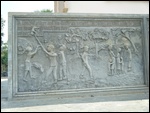
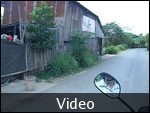
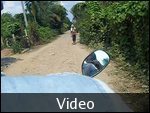
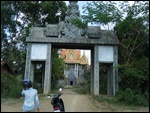
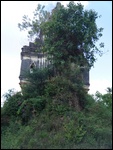
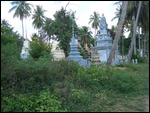




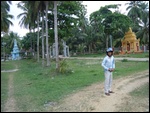
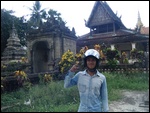

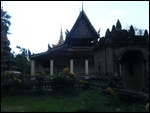
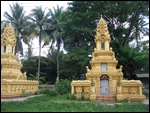
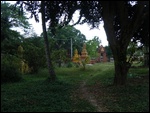
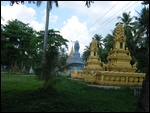
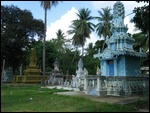
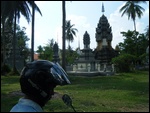

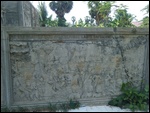
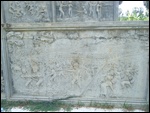
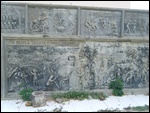
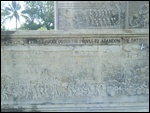
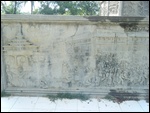
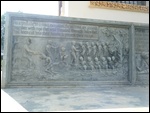
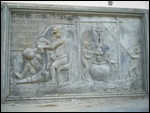

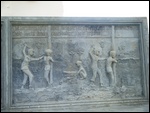
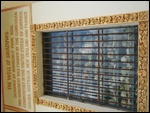
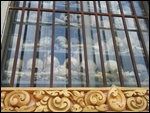
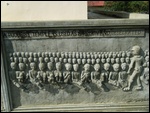
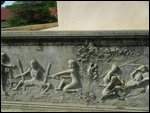
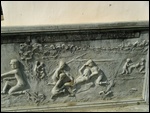
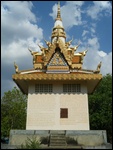
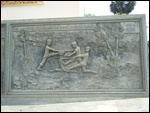
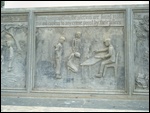
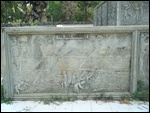
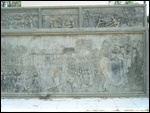
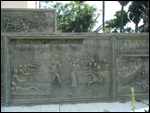
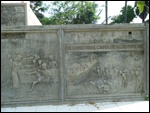
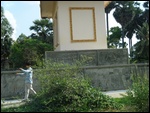
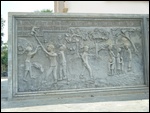
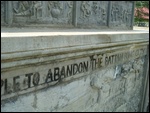
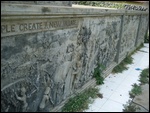
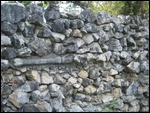
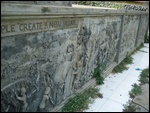
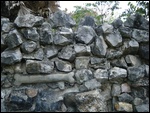
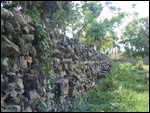
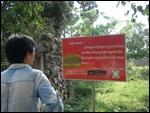
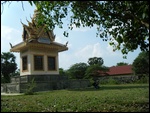
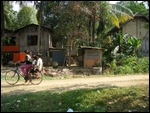

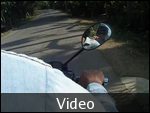
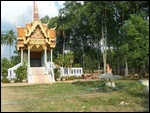
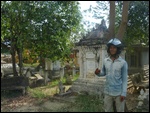
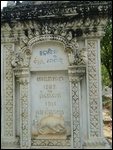

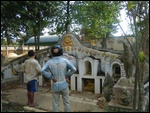
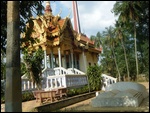
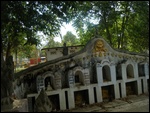
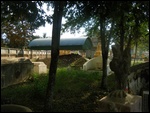
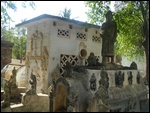
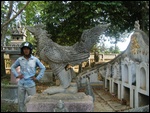
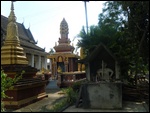
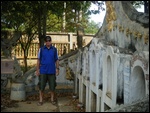
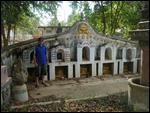
2025-05-22